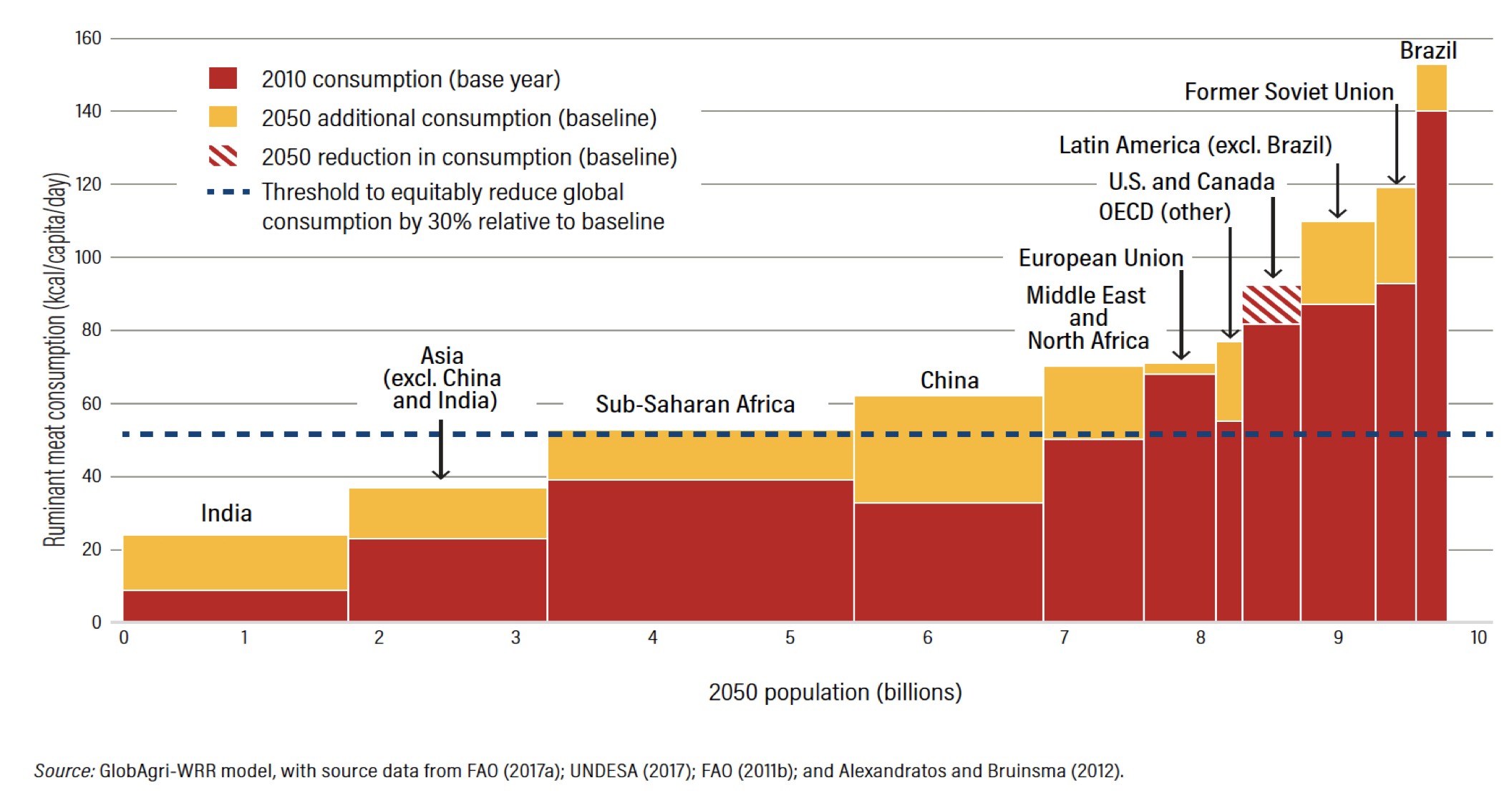Food Bytes is a weekly blog post of “nibbles” of information on all things food and nutrition science, policy and culture.
Loved this NYT article about Africa’s millennials who are making their way back to farming. “We are making farming sexy.” Hallelujah. Welcome you “agripreneurs.” Make Africa the world’s breadbasket.
Speaking of leading newspapers, if you live in L.A., the city of angels, you will like the new Food section of the LA Times. It is more about where to eat and cook and less about politics and there is a paywall. While LA is having a renaissance on all things food creation, Gotham city is shutting many of its old school diner doors. “A luxury rental tower called the Frontier stands on the site of the old Frontier Diner in Murray Hill.” The New York we all loved died long ago…
Addicted to the joe? Here is everything you ever wanted to know about coffee and its expansion from Africa to the Americas.
Policy does matter. Did you doubt that? Bloomberg Philanthropy highlights the new Task Force on Fiscal Policy for Health – co-chaired by Mike Bloomberg and economist Larry Summers – to address the growing health and economic burden of noncommunicable diseases with fiscal policy tools that are currently underutilized by governments and their leaders. Lots o’ case studies including good stuff on sugar tax.
We know America is struggling. The Brookings Institution has published an interactive exploration of how she is doing. The Hamilton Project’s Vitality Index is a measure of a place’s economic and social wellbeing. It combines a county’s median household income, poverty rate, unemployment rate, prime-age employment rate, life expectancy, and housing vacancy rate. What does this have to do with food? Well, everything. Check it out.
Vitality Index of America. The bluer, the better.
The last food bytes posting highlighted the research on processed foods, and impacts on weight gain. This thoughtful NPR piece talks about how hard it is to move away from processed foods, even when Americans are cooking more. Sarah Bowen and colleagues discuss the barriers: cost, time, and culinary resources. It just ain’t that easy to cook wholesome, from scratch meals day after day. You just can’t beat convenience sometimes. As the authors say: “… inequality is baked into our food system.” And ain’t that the truth.
Our favorite Tamar Haspel over at the WashPo is keeping it real. Now she is delving deep on the plant based burgers which seem to be all the rave. There are two - The Beyond Burger (peas) and Impossible Burger (soy). She takes both to task on environmental impacts, nutrition impacts and cost. And then there is steak. Will we ever replace it or our craving for it?
CSIS’s Take As Directed has a great podcast with Chris Murray at IHME on global diets and risk of disease. He discussed this paper that was highlighted previously on Food Bytes. “Diets account for more deaths [cardiovascular and cancers] than any other risk factor.” He argues the medical community is surprised and skeptical of this message. Interesting!
The Economist breaks down taxes on sugary drinks. Mexico was the trendsetter and now, 40 countries and seven American cities have started to tax sugary drinks. They argue that those that are not in favor of the tax argue that taxes are a “fun-killer, souring people’s pleasure” and can be regressive, because poorer people spend a bigger share of their incomes on soft drinks. But if demand is sensitive to increased prices, then a tax will change behavior, in a positive direction. Let’s see how it all plays out. The bigger question is, will taxes make a dent in the obesity pandemic. Hard to tell.
For any of you who collect and analyze child growth data (also known as anthropometry) in the field, the WHO has finally released a technical report that defines basic criteria and standards for sampling, training and standardization of anthropometrists, data collection, supervision, for data management including quality assessment and analysis, interpretation and reporting of anthropometric data. FINALLY. This is LONG overdue. Well done WHO.
And last but not least, GAIN has started a new site called Nutrition Connect. Its purpose is to mobilize knowledge, share experiences, and stimulate dialogue on public private engagements (PPE - not be confused with PPP!) for nutrition. Links can also be found in the Food Archive’s Resources page.









